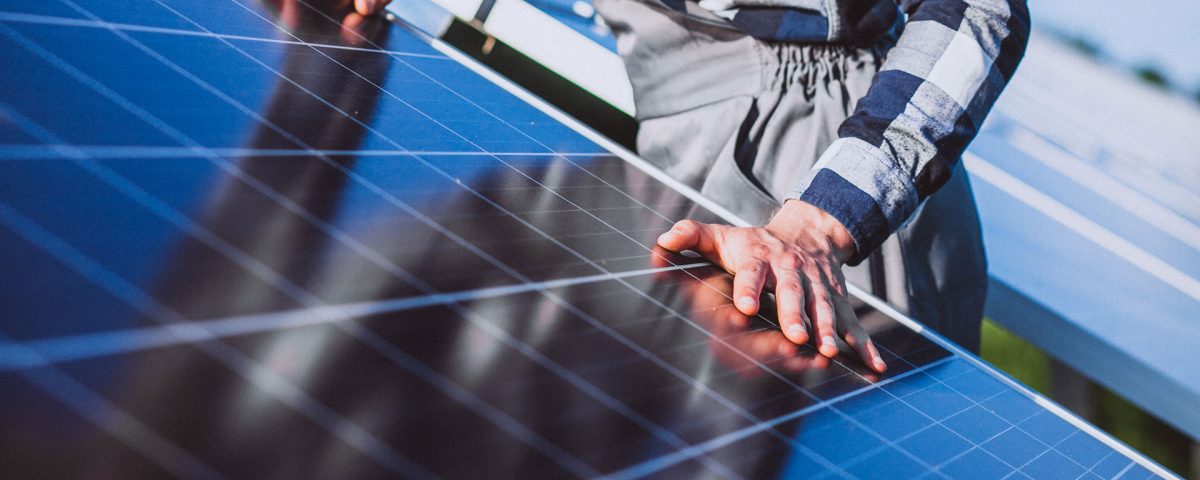
Driving Change: How EVs Help the Environment
September 1, 2024“Shining Light on Solar Panel Recycling”
W
When we think of solar panels, we imagine clean energy, sunny rooftops, and lower electricity bills. And rightfully so– solar power has helped millions reduce their carbon footprint. Three decades ago, they were all the rage and were crowned pioneers in the future of sustainability. But now the conversation is shifting. So, what happens when solar panels reach the end of their life?
Let’s face it– no technology lasts forever. Air fryers, phones, even cars– they all have an expiry date. Most solar panels are designed to function for approximately 25 to 30 years, after which their performance starts to decline. As the years fly by and solar adoption rises, so too does a new type of waste: solar e-waste. But there is hope– this decline isn’t a doom-and-gloom story. It is, in fact, a golden opportunity for new forefronts in recycling.
Much like electronics and batteries, solar panels are made of valuable materials– glass, silicon, aluminium, even trace metals like silver and cadmium. Think of them as extremely large iPads. When dumped in landfills, these materials not only go to waste but may also pose environmental hazards. Recycling them, however, allows us to recover resources, reduce raw material mining, and close the loop on solar sustainability.
At Cycle Trends, we see solar panel recycling as the next frontier in responsible e-waste management. Our process helps industries repurpose old solar modules, reducing environmental harm and conserving energy. After all, what would be the point of clean energy if its disposal isn’t clean too?
By deciding to invest in solar recycling now, we’re taking action and working towards building a system that protects tomorrow’s environment today.




